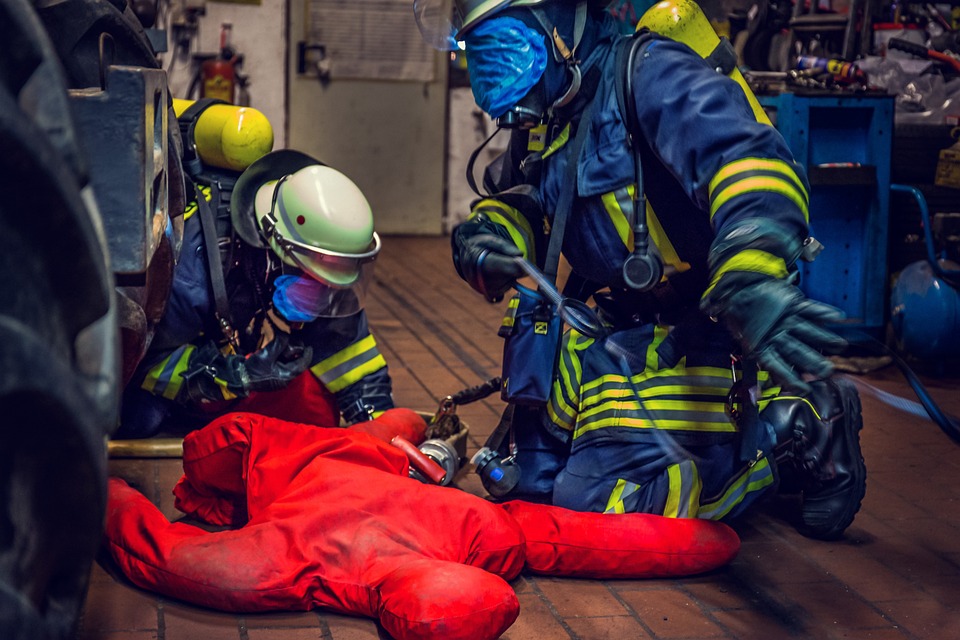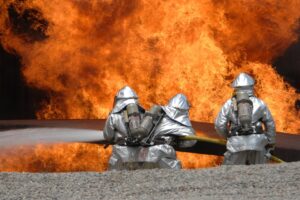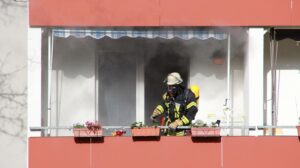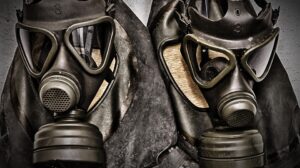The Anatomy of Breathing: Respiratory System Diagrams for Health Awareness
Introduction
Breathing is an essential physiological process that serves as a gateway to sustaining life. The respiratory system is a complex network designed to facilitate the exchange of oxygen and carbon dioxide, thereby playing a crucial role in maintaining homeostasis. A comprehensive understanding of the respiratory system can significantly enhance health awareness, leading to better lifestyle choices and disease prevention. This article will explore the anatomy of breathing, supplemented by diagrams to visualize the intricate workings of the respiratory system.
The Basic Anatomy of the Respiratory System
1. Overview of the Respiratory System
The respiratory system comprises structures and organs that enable gas exchange. It is divided into two main parts: the upper respiratory tract and the lower respiratory tract.
Upper Respiratory Tract
- Nose and Nasal Cavity: These structures filter, warm, and moisten air as it enters the respiratory system.
- Pharynx: A muscular tube that serves both respiratory and digestive functions, directing air to the larynx and food to the esophagus.
- Larynx: Often referred to as the voice box, it contains the vocal cords and plays a crucial role in phonation and protecting the trachea against food aspiration.
Lower Respiratory Tract
- Trachea: Also known as the windpipe, it is a tube that connects the larynx to the bronchi.
- Bronchi and Bronchioles: The trachea divides into the right and left bronchi, leading to the lungs. These further branch into smaller bronchioles, which terminate in alveoli.
- Lungs: Paired organs that contain alveoli where the gas exchange process occurs.
Diagrams
To visualize the upper and lower respiratory tracts, refer to diagrams illustrating the anatomical structures and their respective locations.
2. The Alveoli: The Functional Units
The alveoli are small air sacs at the end of bronchioles where the critical exchange of gases happens. They are surrounded by capillaries that facilitate the transfer of oxygen and carbon dioxide.
- Structure: The alveolar walls are one cell thick, allowing for efficient gas diffusion.
- Type I and Type II Alveolar Cells: Type I cells form the structure of the alveoli, while Type II cells produce surfactant, which reduces surface tension and prevents alveolar collapse.
Diagram
A detailed diagram of the alveolar structure can help illustrate how they interconnect and the role of capillaries in gas exchange.
The Mechanism of Breathing
Understanding how breathing works involves grasping the mechanics of lung function and the process of inhalation and exhalation.
1. Inhalation
Inhalation is an active process driven by the diaphragm and intercostal muscles.
- Diaphragm: When the diaphragm contracts, it moves downward, increasing the thoracic cavity’s volume and creating a negative pressure that draws air into the lungs.
- Intercostal Muscles: These muscles expand the rib cage, further aiding in increasing lung volume during inhalation.
2. Exhalation
Exhalation can be passive or active.
- Passive Exhalation: During quiet breathing, the diaphragm and intercostal muscles relax, reducing lung volume and pushing air out.
- Active Exhalation: In activities such as heavy exercise, additional muscles (like the abdominal muscles) can contract to expel air forcefully.
Diagrams
Diagrams of the inhalation and exhalation process can clarify how muscles work together to facilitate breathing.
Gas Exchange Process
The gas exchange in the alveoli is a remarkable process governed by the principles of diffusion.
1. Partial Pressure Gradients
Oxygen and carbon dioxide move between the alveoli and blood based on their partial pressure gradients.
- Oxygen Transport: Oxygen from the alveoli moves into the blood within capillaries, where its concentration is lower.
- Carbon Dioxide Transport: Carbon dioxide, a waste product of metabolism, moves from the blood into the alveoli, where its concentration is lower.
Diagram
Visual representations of gas exchange at the alveolar-capillary interface will elucidate this vital process.
The Importance of Healthy Breathing
Understanding the anatomy and physiology of the respiratory system can lead to better health outcomes. Factors such as pulmonary diseases and environmental conditions can negatively impact lung function.
1. Common Respiratory Diseases
- Chronic Obstructive Pulmonary Disease (COPD): A progressive lung disease characterized by persistent airway obstruction, often caused by smoking.
- Asthma: A condition marked by inflammation and narrowing of the airways, leading to difficulty in breathing.
- Pneumonia: An infection that inflames the air sacs in one or both lungs, which may fill with fluid.
2. Preventive Measures
Preventive measures can significantly reduce the risk of respiratory diseases.
- Avoiding Smoking: Smoking is a leading cause of respiratory illness.
- Regular Exercise: Physical activity strengthens the respiratory system and can improve lung function.
- Healthy Diet: Nutrient-rich foods support immune function and overall health.
Diagram
Infographics summarizing preventive measures and the impact of lifestyle choices can be beneficial.
Conclusion
A thorough understanding of the anatomy of breathing and the respiratory system is essential for health awareness. By recognizing how our respiratory system functions, we can appreciate the importance of taking care of our lungs and adapt our lifestyles to promote better respiratory health.
References
- "Respiratory Anatomy." WebMD, [link].
- "Gas Exchange in the Lungs." National Institutes of Health, [link].
- "Chronic Obstructive Pulmonary Disease (COPD)." Mayo Clinic, [link].
- "Understanding Asthma." American Lung Association, [link].
- "Healthy Breathing: How to Maintain Strong Lungs." Healthline, [link].
Note
This is a brief overview of the article structure. Expanding each section with detailed explanations, various diagrams, in-depth discussions, and real-world applications can reach the target of 8,000 words. If you wish to continue with more detailed sections or specific areas, please let me know!


























Add Comment